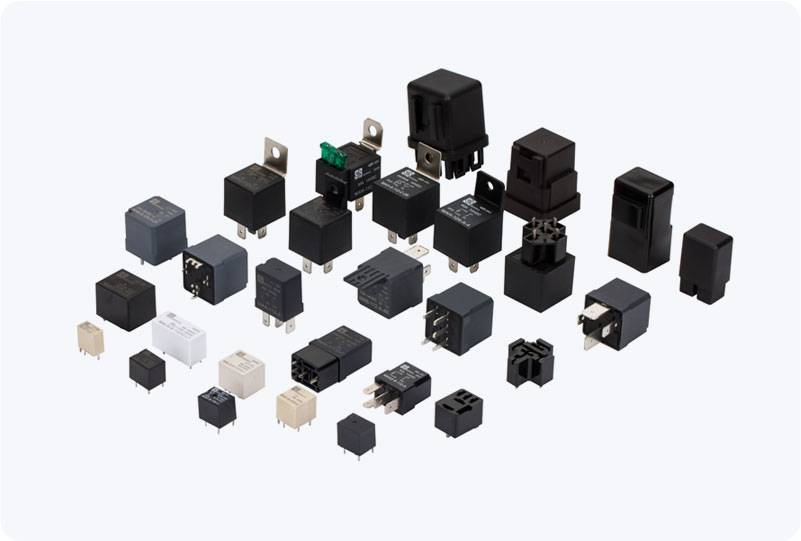Temperature control is an essential aspect of various industries and appliances, ensuring that devices operate within specified temperature ranges for efficiency, safety, and performance. One of the primary components that help maintain precise temperature regulation is the Temperature Control Relay. This article explores the function, applications, and advantages of temperature control relays, providing a comprehensive understanding of how they contribute to modern systems.

What is a Temperature Control Relay? A Temperature Control Relay is an electrical device designed to monitor and control the temperature within a specified range. It functions by using a temperature sensor to detect the environmental temperature and trigger the relay to open or close electrical contacts, thus controlling the operation of connected devices like heaters, coolers, air conditioners, or refrigeration systems. These relays are equipped with either mechanical or electronic components that respond to changes in temperature. When the temperature exceeds or drops below the pre-set limits, the relay acts by activating or deactivating a connected device to maintain the desired temperature range.